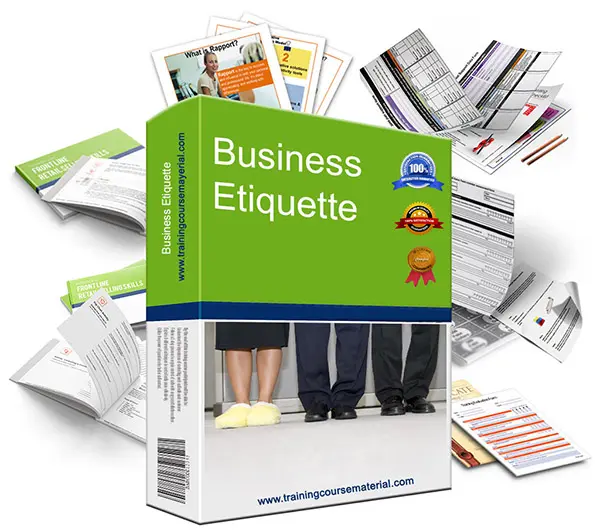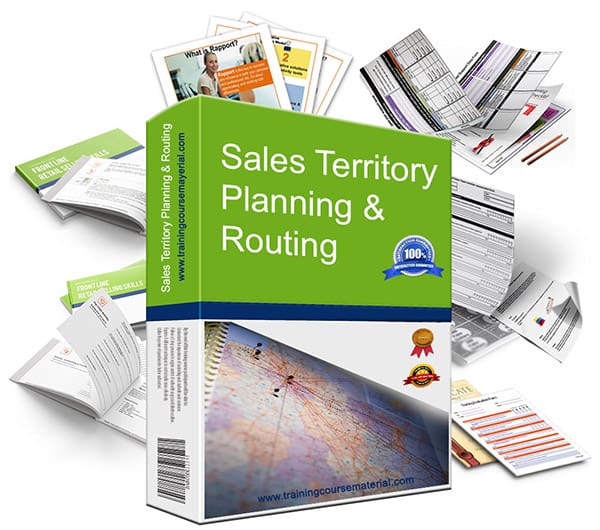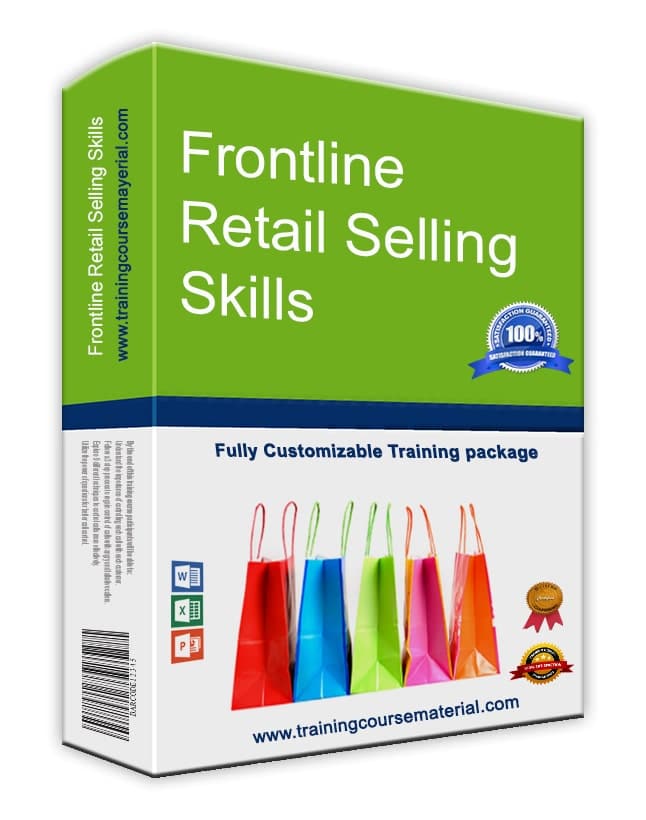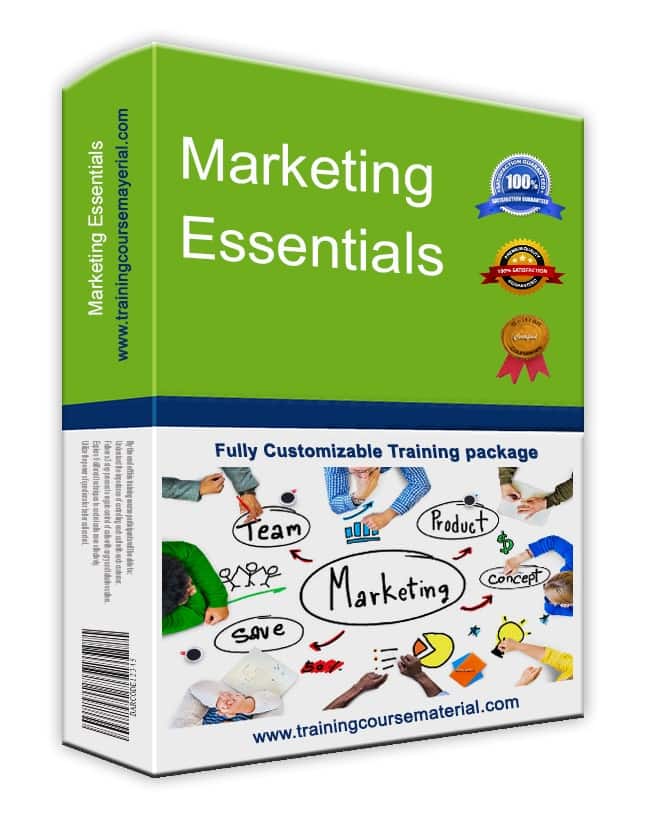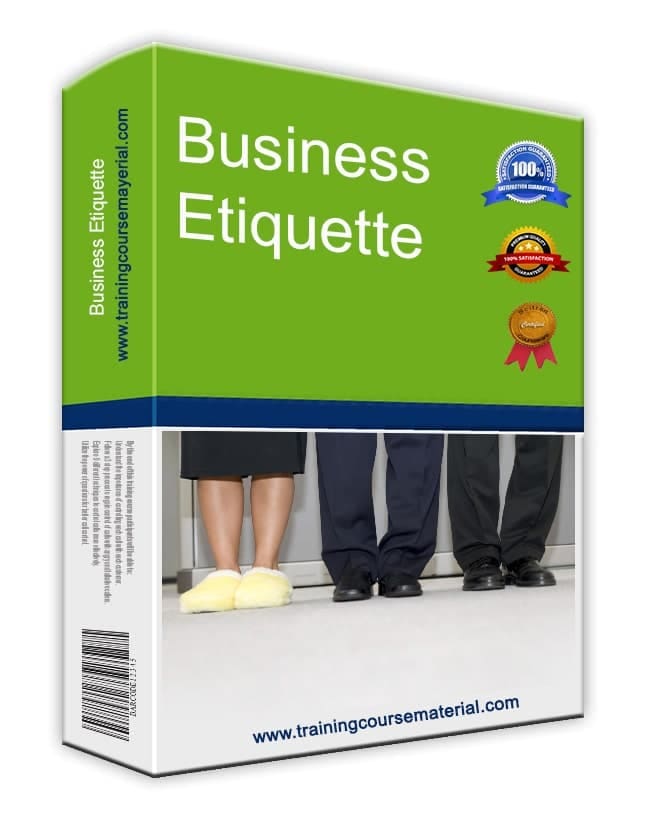Main Branding Terminology
Understanding essential branding language to improve your communication, strategy, and customer engagement.
Branding today is more than a logo or slogan—it's a complex language in its own right. According to the American Marketing Association, a brand is a name, term, design, symbol, or any other feature that identifies one seller’s product as distinct from those of other sellers. This glossary introduces key concepts to help decode that language and understand how it shapes perception and business value.
- Brand Promise
- The commitment a company makes to its customers. Every interaction should reinforce this promise.
- Brand Identity
- The visible elements of a brand—like logos, colors, and slogans—that make it instantly recognizable.
- Brand Image
- The perception people form about a brand based on their experiences and impressions.
- Branding
- The process of shaping a brand’s image in customers’ minds through intentional communication and design.
- Brand Position
- Where your brand stands relative to competitors in your target market.
- Brand Management
- The ongoing process of guiding how your brand is represented both internally and externally.
- Brand Equity
- The tangible and intangible value that a strong brand brings—measured through recognition, trust, and loyalty.
- Rebranding
- Reinventing a brand’s message and image to better align with market needs or company vision.
- Tagline
- A short, memorable phrase that captures your brand’s essence or market position.
- Brand Character
- The personality traits and tone your brand communicates through its messaging and visuals.
- Co-branding
- Two brands collaborating to offer a joint product or service, leveraging shared strengths and audiences.
- Brand Positioning
- The mental space a brand occupies in a customer's mind. It must be unique and clearly defined before market entry.
- Brand Champion
- Someone within an organization who advocates for the brand’s values, ensures consistency, and keeps the brand’s best interests top of mind.
- Brand Profile
- A living document that captures the essence, value, and go-to-market plan of your brand.
For example, in a training session, you could introduce these concepts by asking participants to pick a favorite brand and identify its promise, identity, and positioning. This builds practical awareness of abstract branding ideas and allows them to see branding as a strategic tool—not just a marketing buzzword.
If you're looking to train your team on brand strategy, identity, or positioning, check out our Marketing Essentials Training Material Package. It includes editable slides, activities, and trainer notes to help you deliver a complete session on branding fundamentals.





